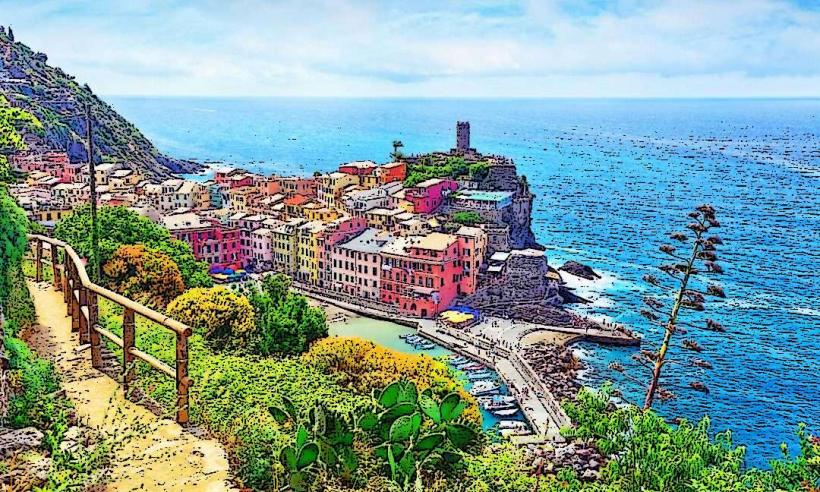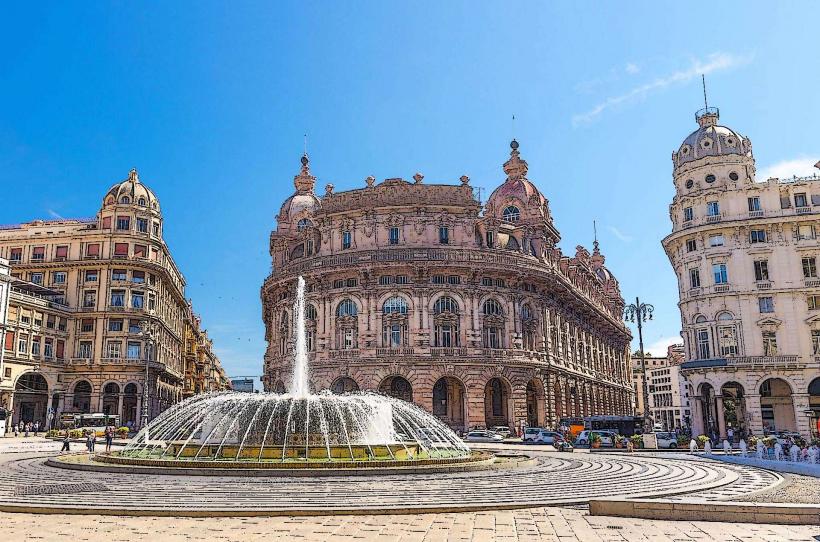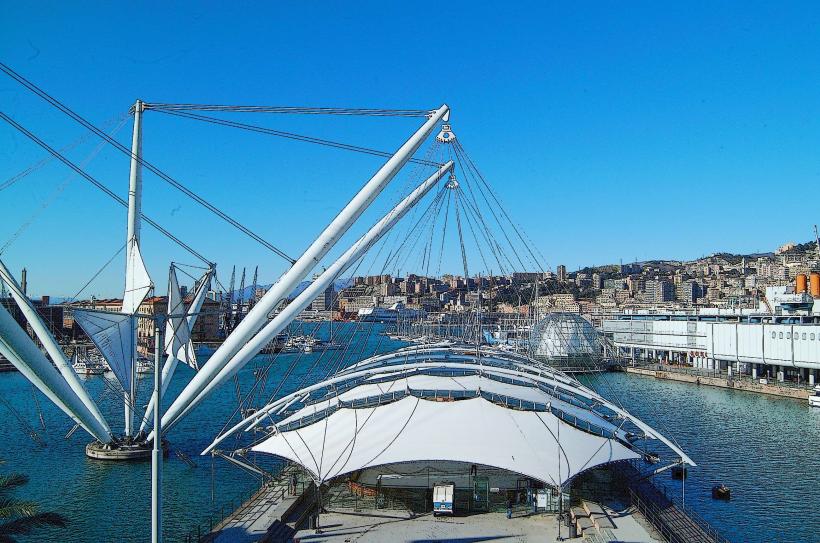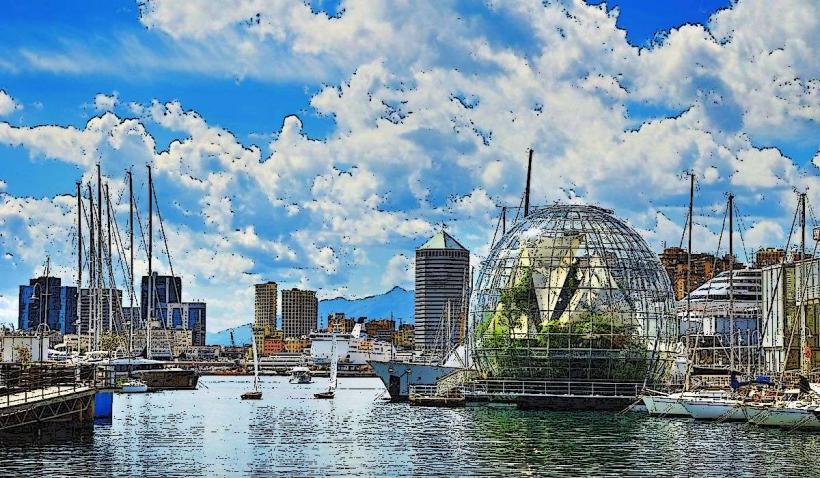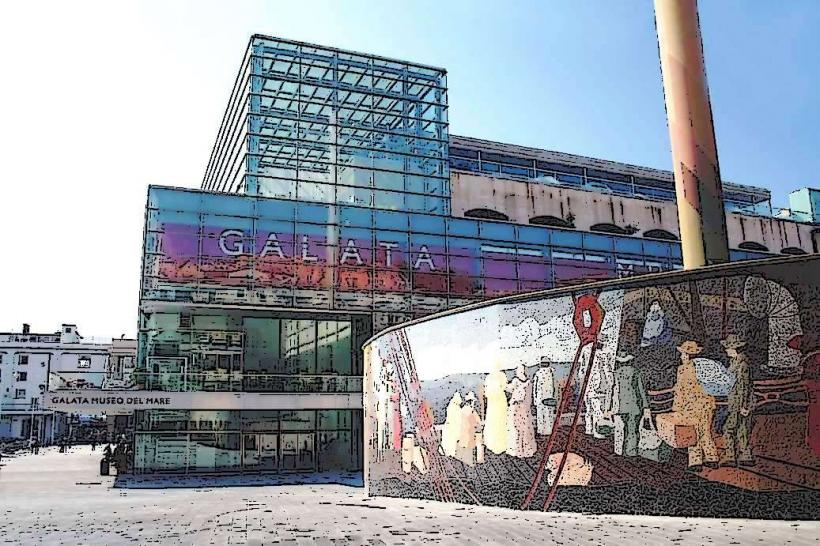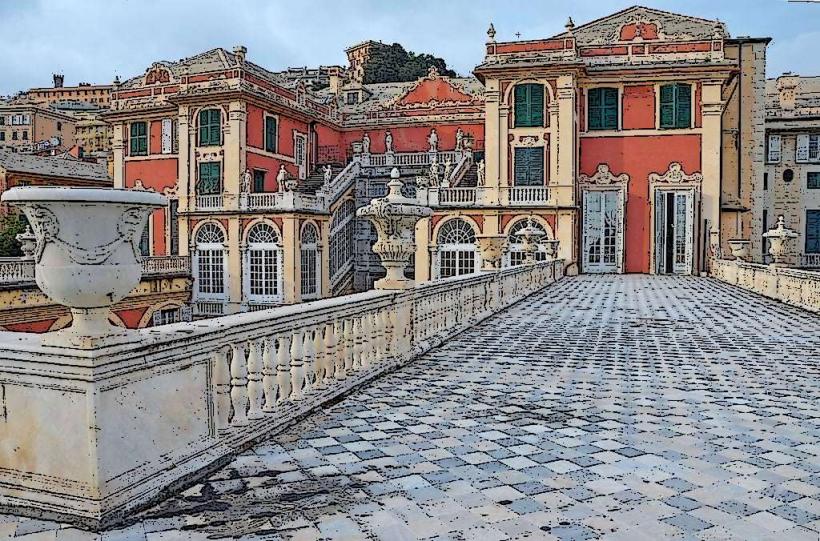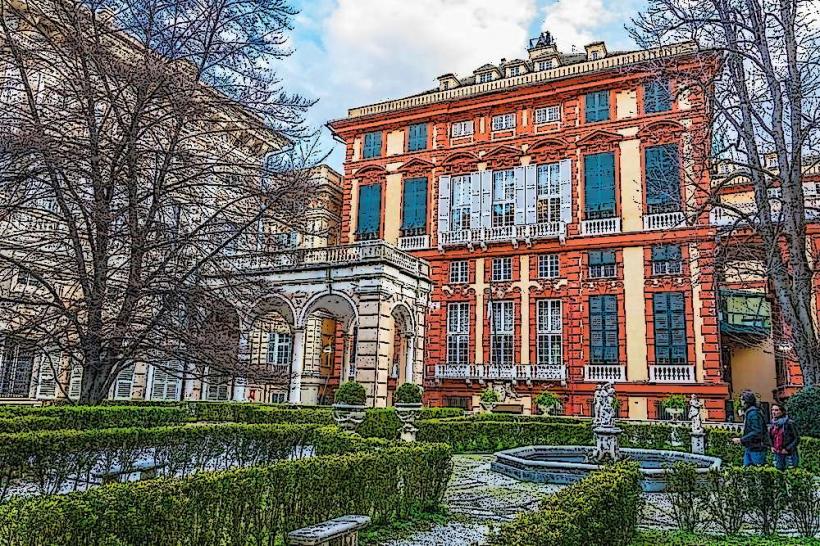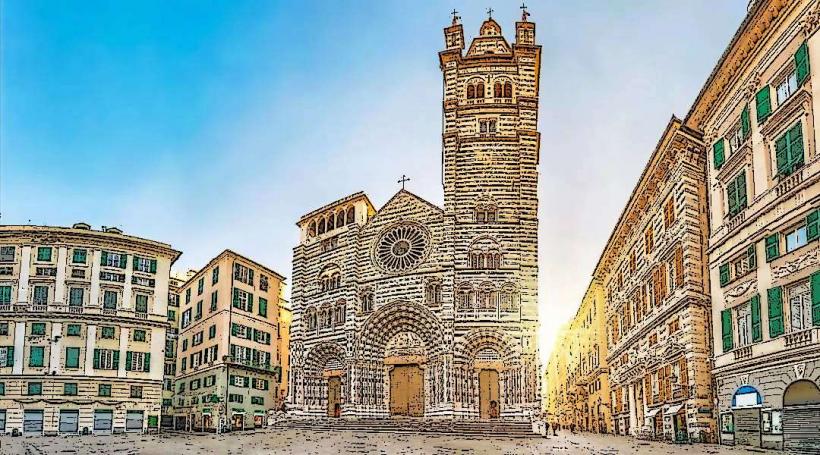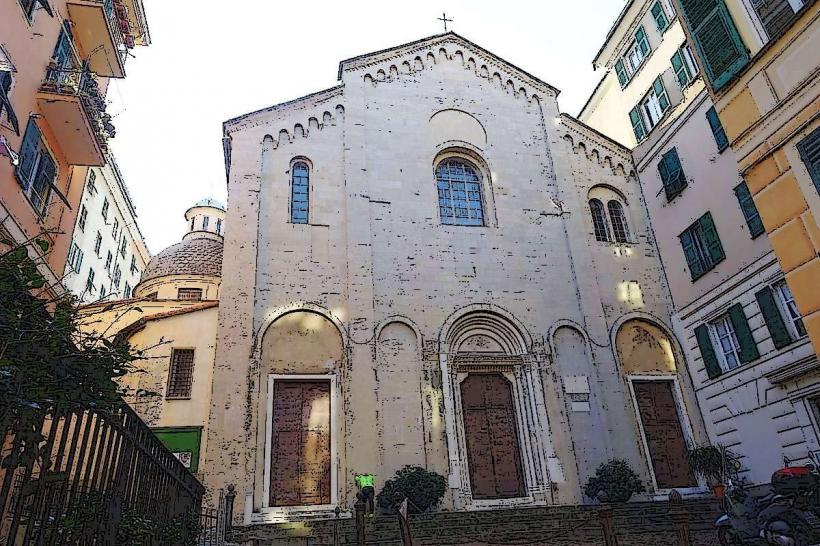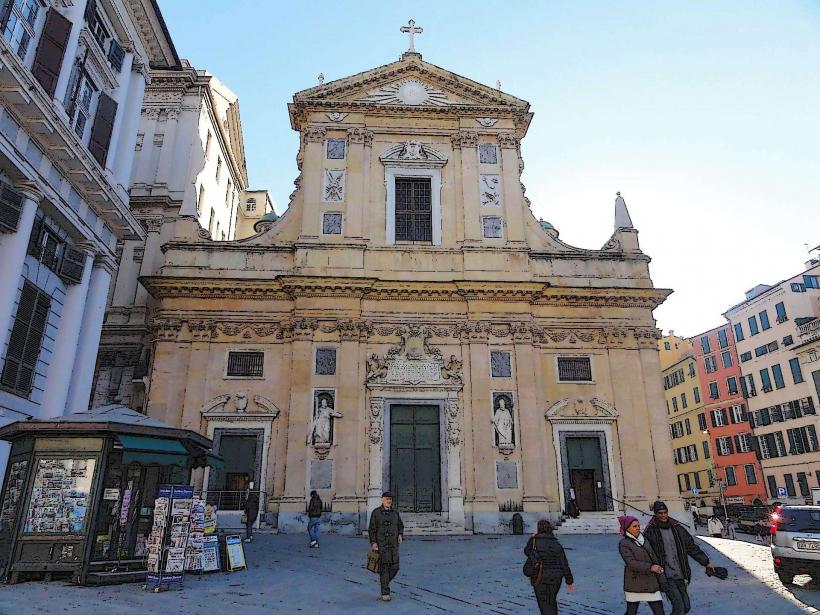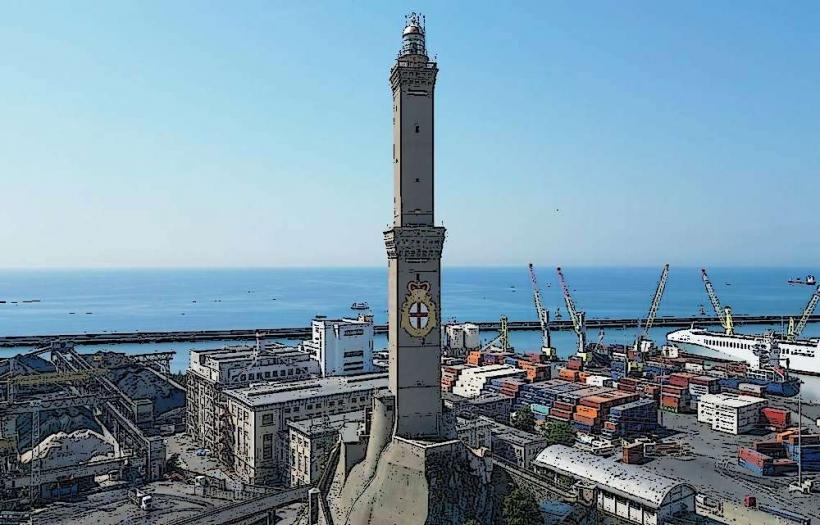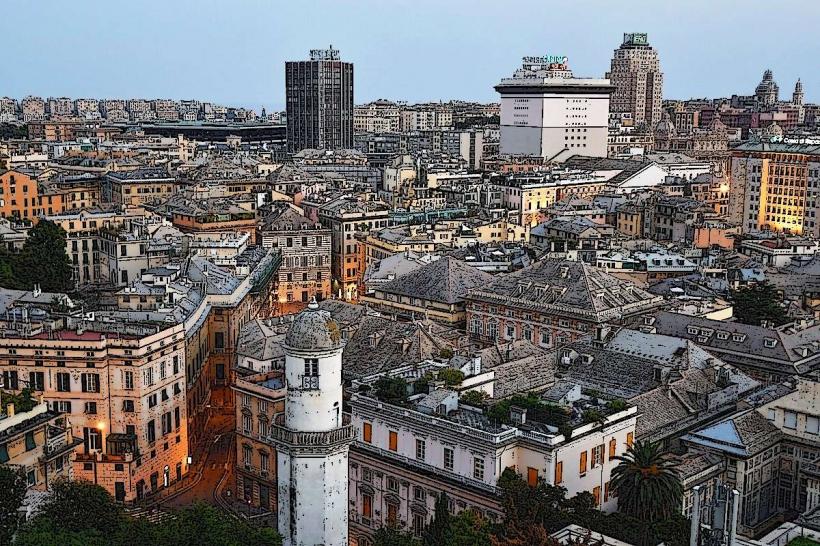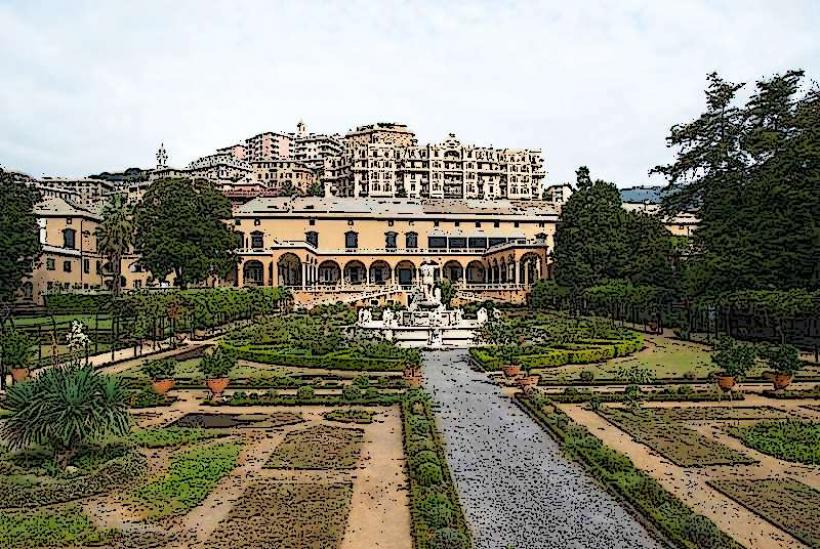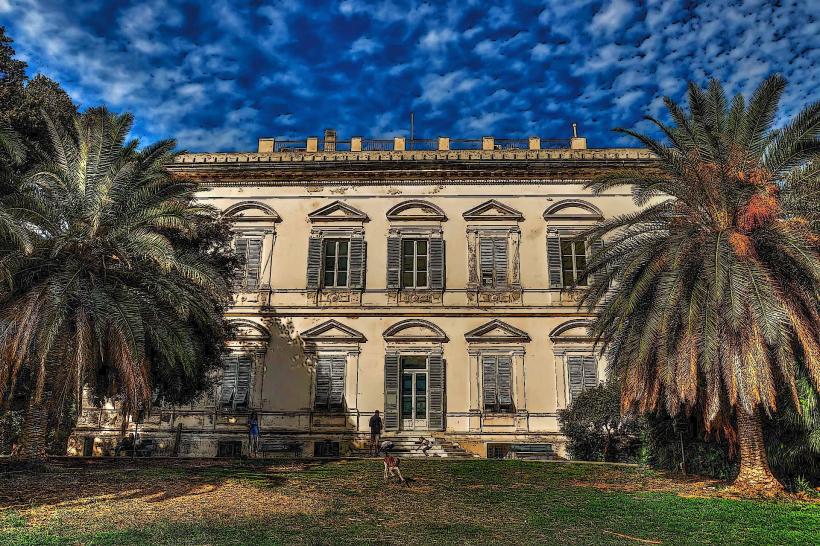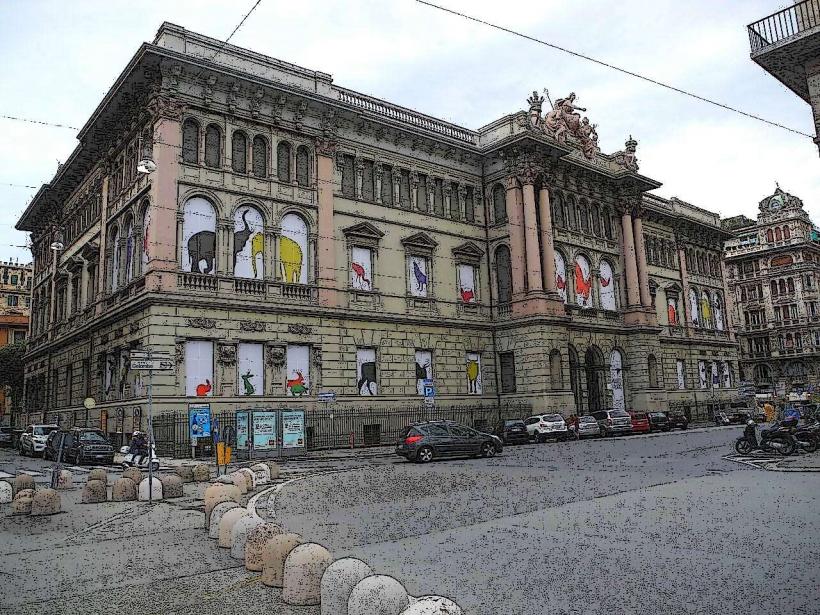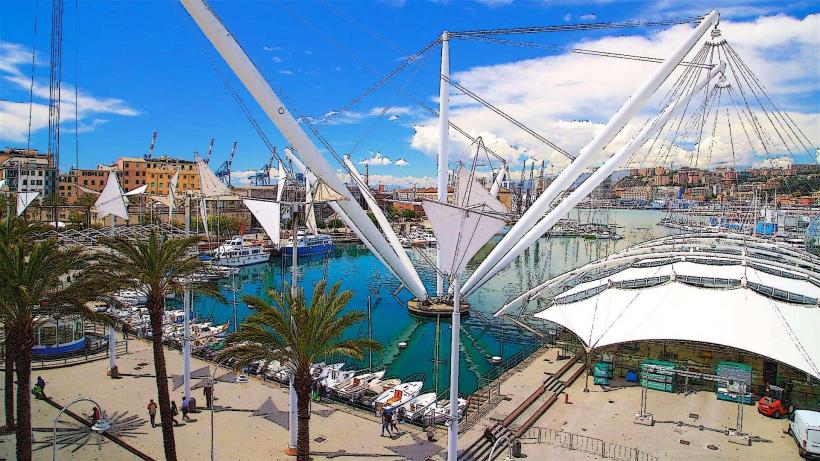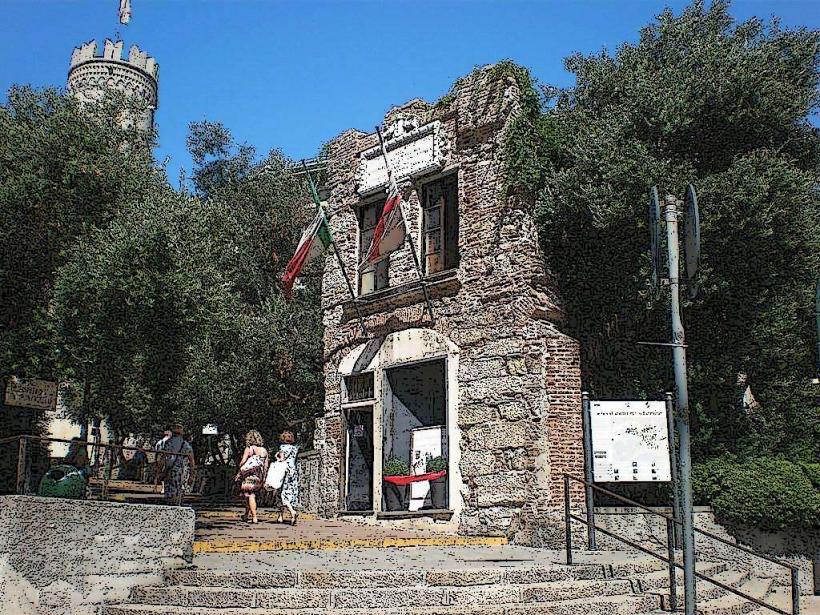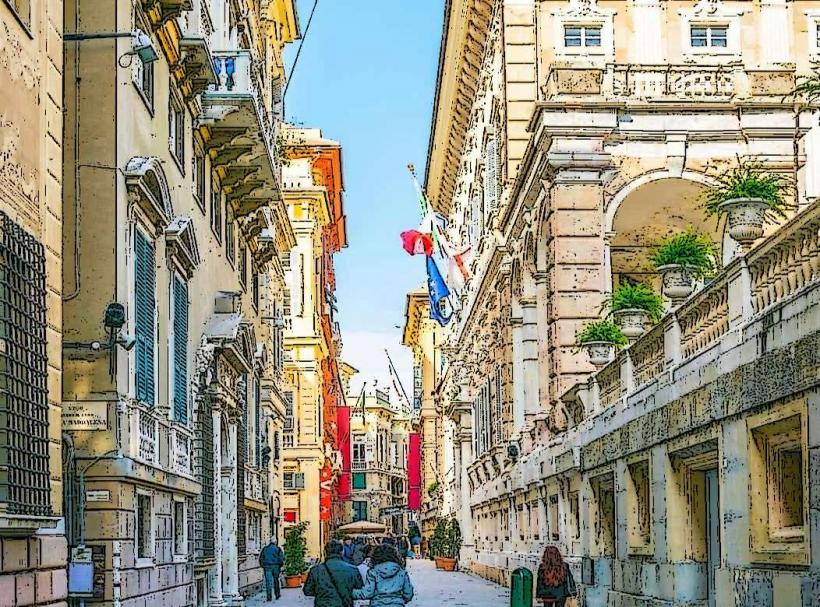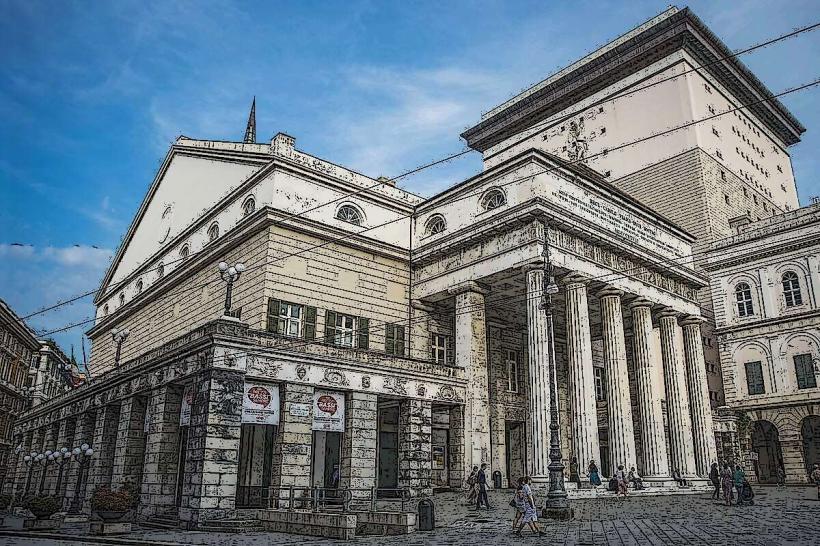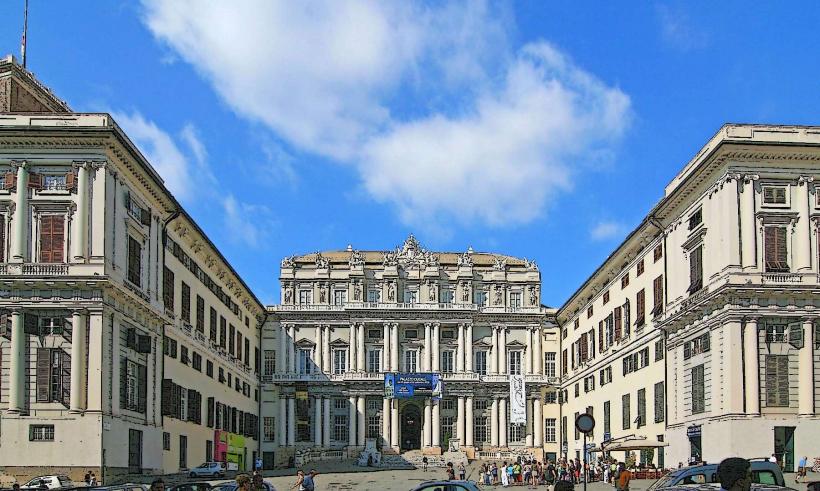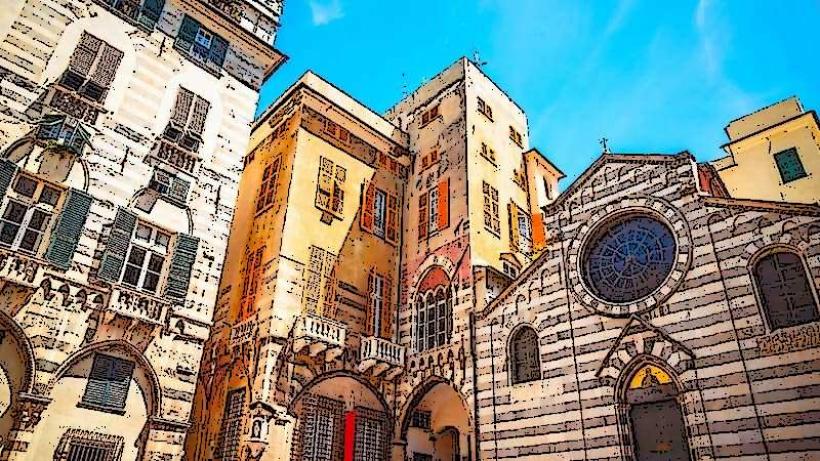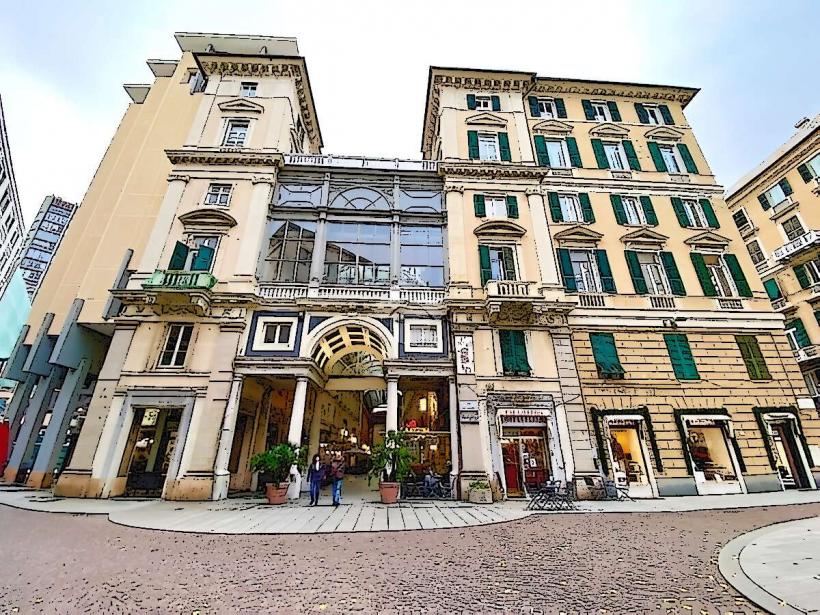Information
Landmark: Palazzo BiancoCity: Genoa
Country: Italy
Continent: Europe
Palazzo Bianco, Genoa, Italy, Europe
Overview
On Genoa’s Via Garibaldi, Palazzo Bianco stands as another landmark, famous for its graceful architecture and a rich art collection that includes luminous 17th-century portraits, what’s more palazzo Bianco, built in the 16th century, was later turned into a museum and now stands as part of the Strada Nuova Museums, alongside the crimson façade of Palazzo Rosso and the grand Palazzo Doria Tursi.As it happens, Nicknamed the “White Palace” for its pale stone facade that almost glows in the sun, Palazzo Bianco holds one of Genoa’s top art galleries, with masterpieces from Italian, Spanish, Flemish, and Dutch artists, along with built in 1530 by Luca Grimaldi, a member of one of Genoa’s oldest aristocratic families, Palazzo Bianco embodies Renaissance ideals with its clean, graceful façade and balanced rooms.Lighter and more restrained than the ornate Palazzo Rosso, its pale walls stand out against the darker stone along Via Garibaldi, equally important inside, the collection spans the 12th to 18th centuries, showcasing Italian, Spanish, and Flemish masters.Visitors linger before canvases by Caravaggio, Veronese, Rubens, Van Dyck, and Zurbarán, on top of that palazzo Bianco’s collection shines a spotlight on the Genoese school of painting, with works by hometown masters like Bernardo Strozzi and Luca Cambiaso.Visitors can linger over Rubens’s luminous *Portrait of a Lady*, feel the tension in Caravaggio’s *Ecce Homo*, and study Van Dyck’s portraits that freeze the city’s aristocracy in their silks and jewels, besides once a private home, the palace passed through several hands before the Brignole-Sale family bought it in 1711, adding it to their holdings alongside Palazzo Rosso.In 1892, Maria Brignole-Sale De Ferrari, Duchess of Galliera, left the building to Genoa, opening its doors as a public art gallery to share her family’s trove, also inside, the museum unfolds across several floors, each room devoted to a specific era or region, guiding visitors through centuries of artistry.You know, The exhibit moves through time and venue, guiding visitors to behold how European art has evolved, while alongside the paintings, you’ll find sculptures, richly woven textiles, and delicate ceramics that reveal centuries of Genoese skill.Outside, the Palazzo Bianco’s gardens and terraces offer quiet paths shaded by lemon trees, a welcome break from the city’s bustle, furthermore shaded by cypress trees, the green spaces follow a classic Italian design, with tidy gravel paths, graceful statues, and fountains that sparkle in the sun, all framing a sweeping view of Genoa’s historic center; inside, the museum draws visitors and students into its rich Genoese history through educational programs, guided tours, hands-on workshops, and special exhibitions, while as part of the Strada Nuova Museums, Palazzo Bianco anchors cultural events like Rolli Days, when grand palaces welcome the public to glimpse aristocratic life, and behind the scenes, careful conservation protects the palace’s architecture, frescoes, and art so they endure in pristine condition for generations.Thanks to this ongoing work, Palazzo Bianco still greets visitors with the same graceful arches and warm stone that have defined it for centuries, along with in short, it remains a cornerstone of Genoa’s cultural life, home to an outstanding art collection set within a meticulously preserved Renaissance masterpiece.Featuring masterpieces by celebrated Italian and European artists, it offers visitors a vivid journey through Genoa’s artistic heritage, shaped by the generosity of its aristocratic patrons-like the gleam of gold leaf on a centuries-classical frame, in turn palazzo Bianco draws art lovers and history buffs alike with its tranquil gardens, carefully arranged exhibits, and the quiet echo of Genoa’s past in every stone., in some ways
Author: Tourist Landmarks
Date: 2025-08-19

